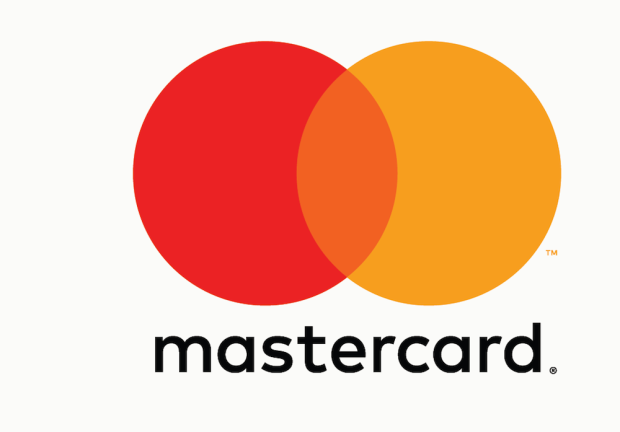Mastercard Is Over The Wallet — And All About The Acceptance Network

With an only moderately powerful time machine, one could easily return to the time period when the digital wallet was the “it” payments technology of the moment. It was only two or three years ago that anyone who was anyone in financial services or tech was pushing a digital wallet they could call their own.
With but a short trip in the not-so-wayback machine, one could return to the simpler America of 2013–2014 when admission to the cool kids’ table was suddenly very dependent on whether or not one was telling a compelling story about with the power of [fill in the blank digital wallet innovation] to slay the plastic card forever and lead to the glorious physical wallet-free future.
But fast forward to today, and the thinking’s changed — a lot. As Mastercard EVP of Digital Partnerships Sherri Haymond told Karen Webster yesterday (Sept. 6), the individual wallets were never really the central issue. The main sticking point with digital wallets is the wallet concept itself.
She and Webster agreed — wallets were too hard for consumers to wrap their minds around because they required too many payment method-specific behaviors for consumers to adopt. It was clunky and not worth the effort, since they couldn’t be used most of the places that consumers wanted to shop. What could was their plastic card, and using that credential everywhere consumers wanted to shop was what they wanted even more.
It was with that thought in mind — building an experience for consumers and merchants that moved fluidly between the increasingly diverse commerce environments — that prompted Mastercard to adopt what Hammond called its “digital-by-default” methodology. The focus isn’t on the card or the wallet but the acceptance network that makes the sum total of the transaction parts much greater than, well, a wallet whole.
Yesterday’s announcement with PayPal is a big step in pushing that digital-by-default vision, noted Hammond, and it is just the beginning of how Mastercard wants to see the ecosystem shaped as it progresses through the digital payments and commerce inflection point and beyond.
How It Went Wrong — Asking ‘Could’ Instead Of ‘Should’
“I think, initially, we all were a bit infatuated with making it happen and the possible and the technical side of it,” Haymond noted on the early days of mobile payments across the industry.
But those early days have moved into what Webster called the “post-inflection” period of online commerce. This means that the focus now must be less about the uncertainty of when we’ll arrive and more about the certainty about what each player must do to maximize the value of the merchant and consumer now that we’re on the other side.
The Two Big Pickups With PayPal
The expansion of PayPal is the latest proof of Mastercard’s commitment to maximizing that value to both consumers and merchants. As a digital acceptance network (it’s always been a physical acceptance network), it allows consumers to pay with the same credentials online — via PayPal — by subtly making themselves part of the experience.
“We want to remind consumers and merchants they are paying with their Mastercard and thus are entitled to all the rights and benefits of a Mastercard transaction.”
This works on a level of subtlety, as the new branding of the two circles — and how it’s unified across the Mastercard platform, whether it’s digital or card-based — keeps that relationship present for consumers, without it being distracting.
The partnership with PayPal also brings with it broader acceptance via its integration with the Braintree platform. Haymond said that, as consumers increasingly move into those digital environments, Braintree is an essential part of the mix. Among the elements of the new partnership is the Masterpass API, which will be aligned with the PayPal API so that merchants can easily and simultaneously integrate with both platforms.
“Many of the most important digital-native merchants use Braintree as a gateway, and if you don’t have an integration with Braintree, it is hard to get those digital natives on board with your digital brand,” Haymond noted.
The Bigger Vision
The digital future offers the card networks an important space to do what they historically have done best: operate at scale and make sure that all the moving parts — issuing banks, acquiring banks, merchants and consumers — can interact safely and securely, no matter where the interaction is happening.
And when Mastercard views its digital future, the path is pretty clear. It isn’t building the wallets; it’s making it possible for issuer-branded credentials to function seamlessly for the customer wherever they happen to shop. It is making it easier for merchants to plug and play with this. And it is making it easier for the issuers to leverage the Mastercard network to build their own digital payments solutions.
“We want to help banks reach their customers with digital transaction solutions that are totally consistent with everything they are already offering. The issuers that are signing into this ‘digital-by-default’ idea are going be able to activate their own wallets and go transact at the hundred of thousands of merchant locations that accept Masterpass.”
Let the next phase of mobile commerce begin — it’s already looking very different than what preceded it.
